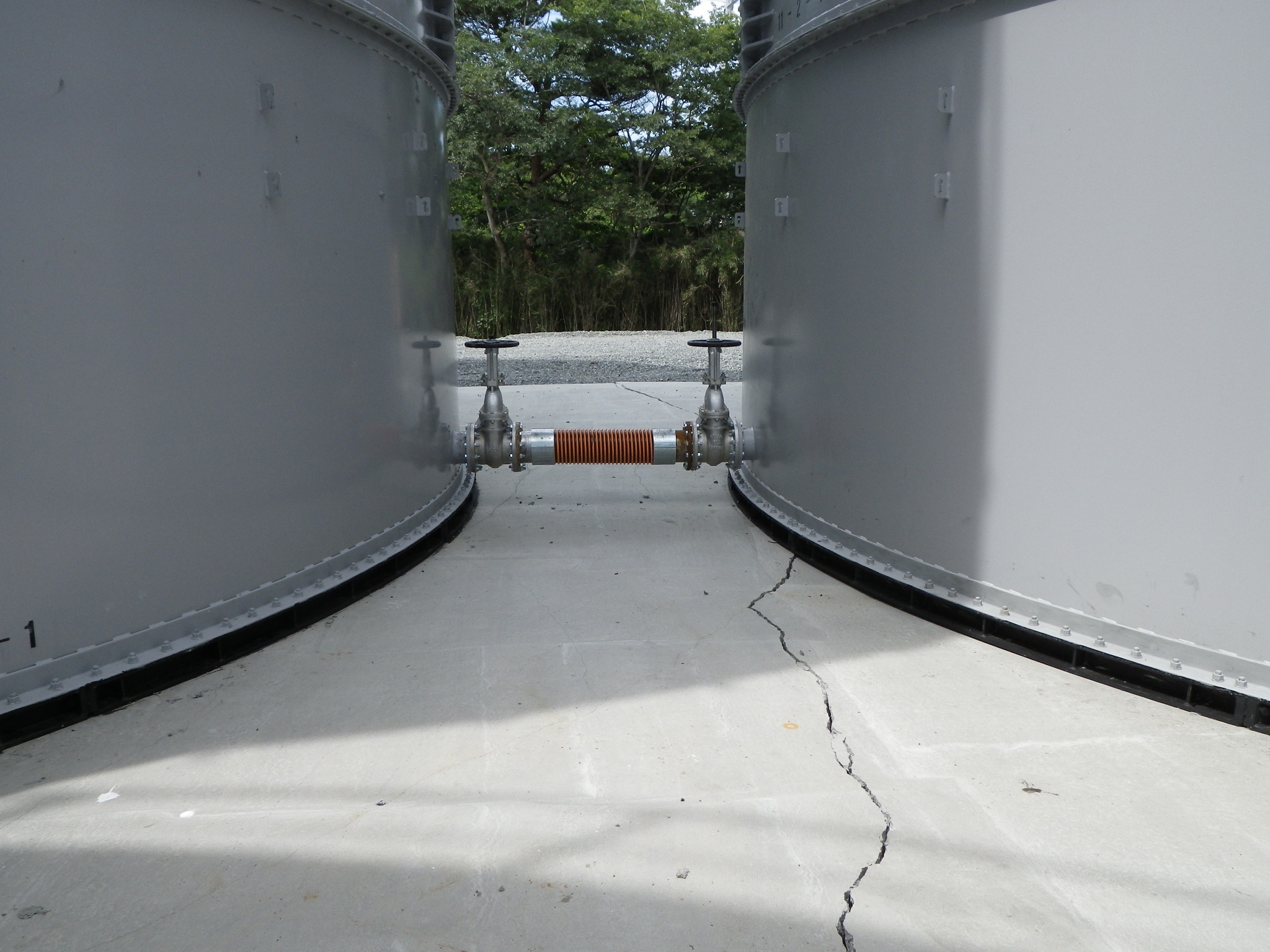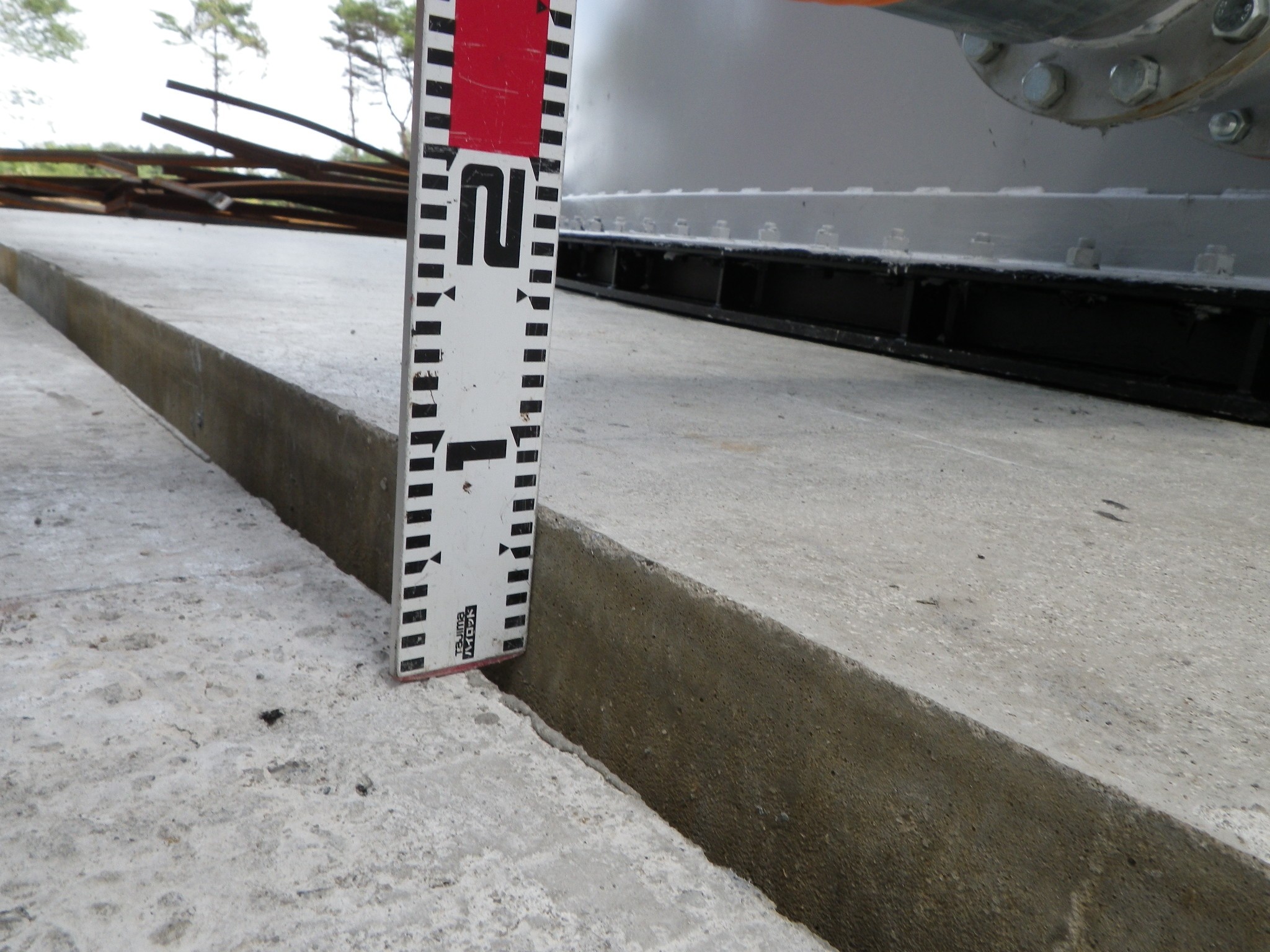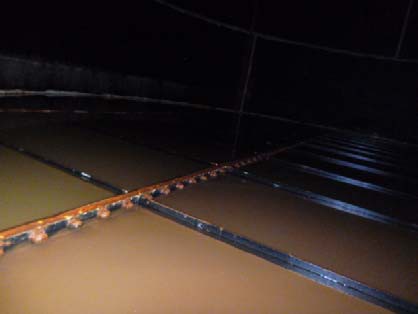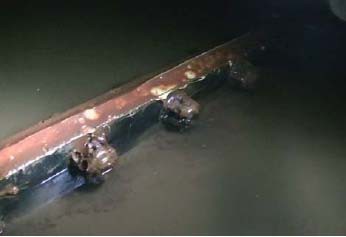I see. TEPCO may not have a water gauge in every 1,000-tonne tank assembled from metal sheets, rivets and rubber packing, but TEPCO has workers as a radiation gauge.
I first learned of this information via the tweets (here's one from @macomelo) from people who either regularly attend TEPCO's press conference or watch the live cast of the press conference.
They said:
TEPCO knew that the beta radiation exposure of workers had started to rise in July.
So, TEPCO now thinks the contaminated RO waste water may have been leaking since July.
I found Asahi Shinbun article (8/27/2013) which has more details:
The information was disclosed by TEPCO at a meeting of NRA's Working Group to deal with contaminated water at Fukushima I Nuclear Power Plant held in the evening of August 27, 2013.
TEPCO examined the level of beta radiation exposure of a worker who was working at a radio relay station located at about 20 meters from the RO waste tank that leaked, and found that the beta radiation exposure had started to increase in mid July.
The worker worked at the radio relay station for about 2.5 hours per day.
TEPCO will examine the data for the previous months.
TEPCO speculates that it was initially a minute leak but the amount gradually increased. There have been occasional rainfalls since mid July with 30 milliliter per day precipitation, and the leaked waste water was spread and absorbed in the soil with the rainfalls.
NRA instructed TEPCO to conduct survey to determine the cause of the leak, and to dig observation wells in the areas around the leak to determine the spread of radioactive materials.
Many say "TEPCO lied again". I'm more inclined to say TEPCO couldn't connect the dots, as I do not believe any more that TEPCO is smart enough to come up with a lie.
(Or TEPCO dared not connect the dots because it didn't want to know.)
At Nuclear Regulatory Authority's site, there is a TEPCO document that contains charts that plot beta radiation exposure of workers who do the tank patrol, and of the worker who worked at the radio relay station (English labels are by me):
Location of the radio relay station (in red square) and the tank that leaked (No.5 in red circle, notation is mine):
The area where the relay station is located has been found with high beta radiation, up to 95.55 millisieverts/hour at 70-micrometer equivalent dose (to express the effect on skin and the crystalline lens (of the eye)).
TEPCO is being heavily criticized for "skimping" on the tank patrol by not assigning enough workers for the patrol and not doing the patrol long enough. After looking at the spikes August 19 in beta radiation exposure for workers who were doing the "hasty" patrol, I'm not inclined to blame TEPCO that much.
Maybe Minister of Economy, Trade and Industry and his subordinates can make themselves useful and show TEPCO a proper way by example to carefully examine the tanks daily that contain highly radioactive waste water.















 Tokyo Time
Tokyo Time
![[Most Recent Quotes from www.kitco.com]](http://www.kitconet.com/charts/metals/gold/t24_au_en_usoz_2.gif)

